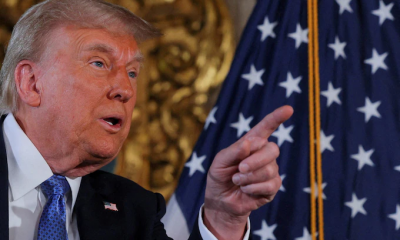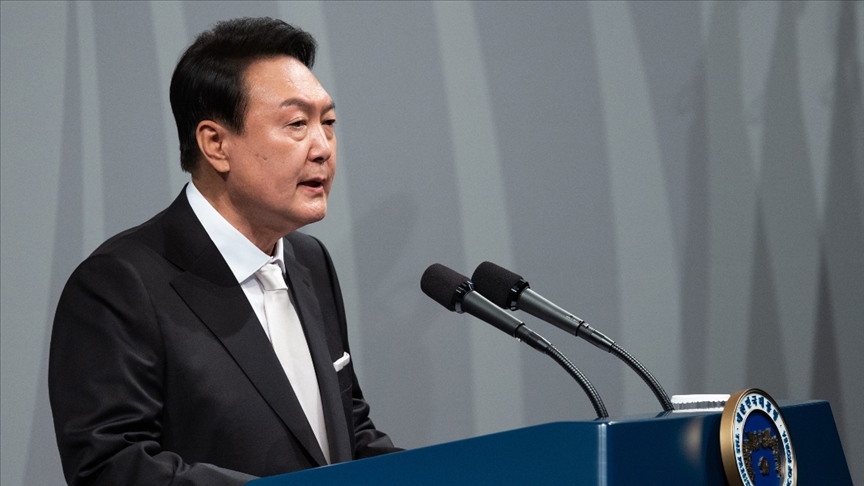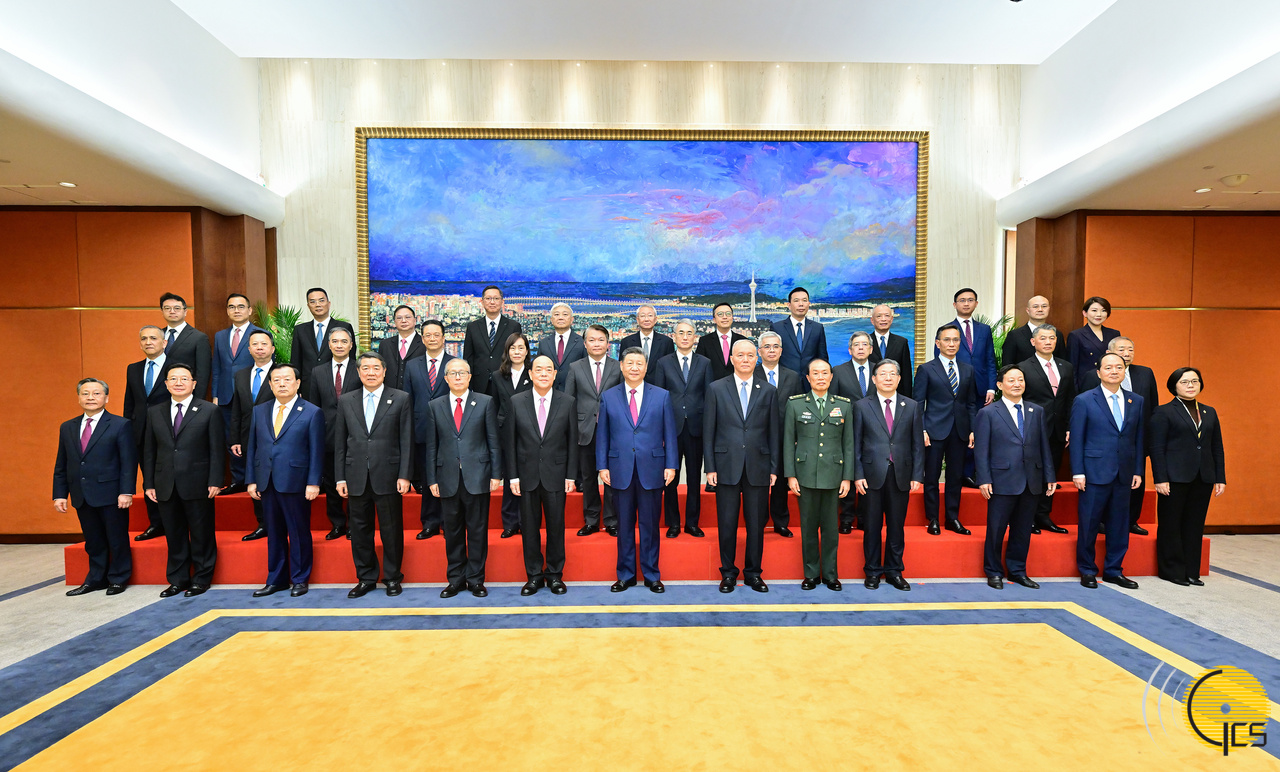The presence of al-Qaeda in Afghanistan under the rule of the Taliban has become one of the controversial issues, where the world wants the Taliban to cut its ties with them.
In the latest case, the media has reported, quoting two US officials that the revival of al-Qaeda in Afghanistan and Pakistan seems unlikely. According to the report, in a meeting with journalists, these two US officials presented an optimistic picture of the weakening of terrorist groups to show that despite the country’s withdrawal from Afghanistan, the presence of rebel groups is decreasing.
In the report, US officials said that the threat of al-Qaeda has reached its lowest level in recent decades, but Washington maintains the ability to track terrorist threats in Afghanistan.
At the same time, the United Nations had pointed to the widespread influence of al-Qaeda members in the Taliban structure, emphasizing that this network uses Afghanistan as an “ideological and logistical center”.
However, security analysts consider the weakening of al-Qaeda in Afghanistan to be a “fabricated assessment of terrorism to justify US policies.”
Is al-Qaeda able to revive itself
It has been reported that two US officials said that it seems unlikely that al-Qaeda in Afghanistan and Pakistan will be able to revive itself. In the report, they presented an optimistic picture of the weakening of terrorist groups in Afghanistan to show that despite the withdrawal of the US troops, the presence of insurgent groups in this country is decreasing.
The two US officials also claimed that after the country’s drone attack in Kabul in August 2022, which led to the death of al-Zawahiri, the leader of al-Qaeda, this group has been left without “leadership aptitude and strategic guidance”.
The report states that since the “tumultuous” withdrawal of US forces from Afghanistan, the US has shifted its intelligence activities from anti-terrorism priorities to China and Russia. According to the report, the Biden administration has emphasized that it has maintained its capabilities to track threats from terrorism in Afghanistan.
US, the Islamic State and Middle East
However, some US officials have secretly raised concerns that by moving US intelligence assets from the Middle East and South Asia, the Biden administration may be able to track down the threat posed by IS operating in uncontrolled areas in Syria and elsewhere.
It has been said that the threat of the IS branch of Khorasan (IS-K) in Afghanistan is still standing and this group has continued its attacks in the country. After the return of the Taliban to power in August 2021, the IS-K carried out its first attack on the Kabul International Airport, as a result of which dozens of people, including 13 US soldiers, were killed and many more were injured.
IS-K also attacked the embassies of Russia and Pakistan, a hotel popular with Chinese guests and the Kabul airfield, which targeted the Taliban.
According to the report, one of the US officials, concerned about the threat of IS, said that this threat is different from what al-Qaeda did on September 11, 2001.
IS is under increasing pressure
These US officials have said that their information shows that IS is under increasing pressure from the Taliban and that many of its key leaders have left Afghanistan in recent months. In the report, however, it is stated that IS continues to pose an important threat inside Afghanistan and the regional countries are concerned about the capacity of the group’s overseas operations.
It has also reported that the assessments of the US in downplaying the resurgence of terrorism seem to contradict the report published in June of this year by the United Nations sanctions monitoring team. The UN report states: “al-Qaeda is in the process of reorganization and is creating new educational facilities in Kunar and Nuristan, Afghanistan.”
The activities of the al-Qaeda network in Afghanistan are going on secretly and the members of this network are predominantly present in the judicial, security and other government departments under the Taliban management.
Taliban and the al-Qaeda’s friendship
The report also emphasized that al-Qaeda uses Afghanistan as an “ideological and logistical center” to mobilize new fighters and recruit them in line with its extremist policies.

This home is believed to be the residence of al Qaeda leader Ayman al-Zawahiri. He was killed by a US drone attack in downtown Kabul city on August 2, 2022.
Recently, Ruslan Sisembayev, deputy of the National Security Committee of Kazakhstan, has considered the presence of al-Qaeda in Afghanistan as a potential threat to the region. He expressed this at the 40th meeting of the Shanghai Cooperation Organization Council. He furthered that the number of fighters of this network in Afghanistan has reached to 500. Meanwhile, the United Nations has announced that there are 400 to 600 al-Qaeda fighters in Afghanistan.
Meanwhile, al-Qaeda leaders have time and again showed that they will not leave Afghanistan under any circumstances. This group has always emphasized on maintaining its relations with the Taliban.
Also, not long ago Abdul Kabir, the political deputy of the Taliban prime minister, said that Mullah Omar, the founder of the Taliban group, did not want Osama bin-Laden, the leader of the al-Qaeda network, to be handed over to the US. He said that “he did not leave behind the shame of handing over a Muslim to the infidels.”
US can’t justify its chaotic withdrawal from Afghanistan
After the US officials’ statements regarding the weakening of al-Qaeda in Afghanistan, a number of security analysts believe that the US officials made these statements to justify their disastrous withdrawal from the country. According to them, on the eve of the presidential election, the Biden administration is seeking to reduce the pressure and manage the minds of the voters of this country by showing the reduction of al-Qaeda activities.
Rahmatullah Nabil, former head of National Directorate of Security (NDS) had al-Qaeda active in Afghanistan and this is a great threat to the safety of the region.
Samid Samadi, a political pundit said that beside al-Qaeda, the IS-K is very dangerous for the world and blamed western countries for supporting the group.
Samadi emphasized that the intelligence services of the countries of the region and the world are active and powerful in Afghanistan. He accused the US and Pakistan of supporting IS. Samadi says that Islamabad uses IS instrumentally and commercially, and if the war in Ukraine ends in Moscow’s favor, the “IS project” in Afghanistan will be further strengthened.

 EUROPE1 week ago
EUROPE1 week ago
 OPINION2 weeks ago
OPINION2 weeks ago
 OPINION1 week ago
OPINION1 week ago
 DIPLOMACY2 weeks ago
DIPLOMACY2 weeks ago
 OPINION2 weeks ago
OPINION2 weeks ago
 ASIA1 week ago
ASIA1 week ago
 MIDDLE EAST1 week ago
MIDDLE EAST1 week ago
 MIDDLE EAST2 weeks ago
MIDDLE EAST2 weeks ago



















